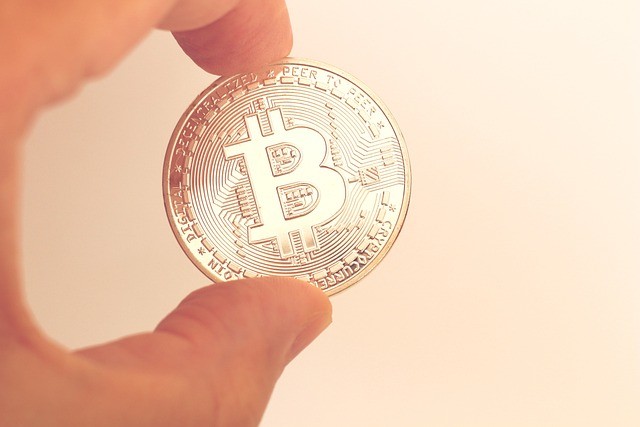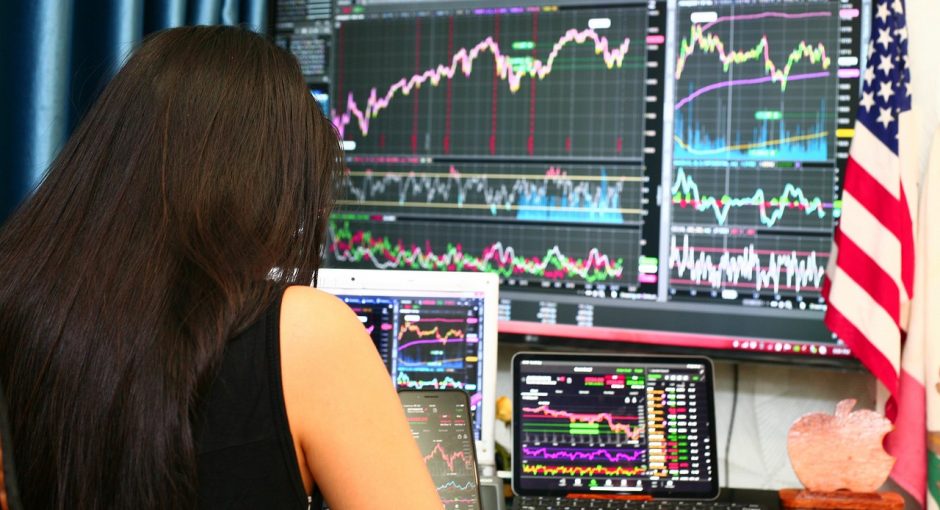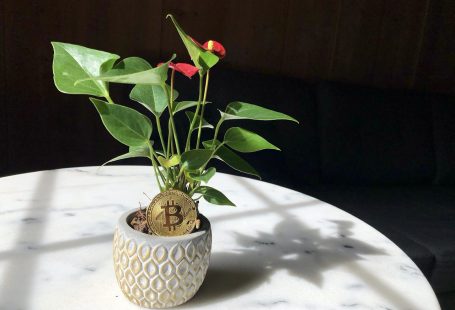If you are looking for a job in the financial industry, one of the best choices you can make is to become a bitcoin broker. While it can be a little daunting to enter into the business, there are several steps you can take to ensure you are prepared to get started.
Limit order vs market order
As you look to enter the world of trading cryptocurrencies, you’ll soon discover that there are a number of different order types available to you. One of the first things you should know about the various orders is how to distinguish between a limit and a market order.
Limit orders are a great way to give you more control over your trading. They can help you lock in profits when you purchase a large amount of a particular cryptocurrency. However, they also carry a number of risks.

The risk with limit orders is that you may find yourself in a position where you buy at a higher price than you should, when bad news breaks. This can be a major problem when you’re making a big trade.
Market orders, on the other hand, are intended to execute as quickly as possible, with the intent of providing you with the best possible price in the market at the time you’re buying or selling. That said, they’re not guaranteed to be filled.
Resistance level
Having a firm grasp of the definition of support and resistance levels is essential for becoming a successful crypto broker. They can serve as an important barrier for price movements and help traders make smarter trades.
Support is the level where enough buyers are willing to buy an asset before it reaches its peak. It also acts as a floor for prices. When the price reaches a high level of selling pressure, the level turns into resistance. This means that the price will likely stay at the same level until the sellers are absorbed by the market.
Resistance is the level where a large number of traders feel that an asset is overpriced. This makes it difficult to climb above the point. Traders can interpret resistance as a level that can only be surpassed with strong buying pressure.
Support and resistance levels are often drawn as horizontal lines. These lines can be created by connecting dots between trend valleys and trend peaks.
Support level
Support and resistance levels are important for two reasons. Firstly, they help prevent your assets from going too far. Secondly, they are indicators of market sentiment. Traders place stop-loss orders at or below the support level. If the price breaks below it, you can expect a big drop.
The best support and resistance levels are found on higher time frames. This is particularly true in cryptocurrencies, which are highly volatile.

The best way to discover these levels is through technical indicators. These include moving averages, trend lines, and Fibonacci tools. Although these are used often, there are also many times when you can find the best level yourself.
In a nutshell, a support level is a price point with enough buying interest to prevent the asset from dropping below it. A resistance level is a price point where too many traders feel the asset is overvalued. It’s a good idea to identify the difference between the two so you don’t get stuck with a hammer on your shoulder.
Payment processor
If you’re interested in launching a cryptocurrency exchange, you’ll need to obtain a merchant account, a bank, and a payment processor. Payment processing is important for a successful exchange, as it allows customers to purchase digital currency with credit and debit cards. However, a specialist crypto payment gateway provider is a tough to find.
When choosing a payment processor, make sure to look at their integrations, their settlement time, and the fees they charge. Fee structures vary among companies, and some of them build hidden fees into their contracts. It’s important to choose the payment processor with the lowest transaction rate to compete with other exchanges.





